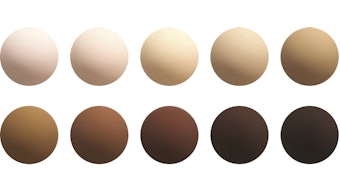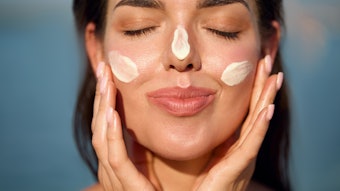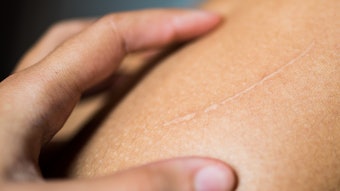In 1986, the Christian Dior brand first incorporated liposomes in cosmetics as part of its Capture line. Since that time, many cosmetic manufacturers followed suit by incorporating nanotechnology into their formulations. Nanoparticles are defined as particles ranging from 1 to 100 nm, although this definition may be altered to account for particles larger than 100 nm. Some researchers also call particles between 100 nm and 1 µm nanoparticles because they exhibit size-related properties that differ significantly from those observed in bulk materials. A number of nanoparticles such as metal oxide nanoparticles, polymeric nanocapsules, fullerenes, nanocrystals, solid lipid nanoparticles and nanostructured lipid carriers have been investigated for cosmetic applications.1, 2
Nanoparticles in cosmetic preparations are found to: improve the stability of various cosmetic ingredients such as unsaturated fatty acids, vitamins or antioxidants by encapsulating them; increase the efficacy and tolerance of UV filters on the skin surface; make the product more aesthetically pleasing; and enhance the penetration of certain active ingredients to the epidermis. This article reviews various forms of nanoparticles used in the cosmetics industry and discusses their properties, mechanisms of action and possible health effects.
Metal Oxide Nanoparticles
The most widely used metal oxide nanoparticles in cosmetic preparations such as lotions and sunscreens are titanium dioxide (TiO2) and zinc oxide (ZnO). They are efficient, photostable UV filters that absorb UVB and UVA radiation and re-emit it as less damaging UVA through visible fluorescence or heat.3 Formulations that utilize TiO2 or ZnO as the only active sunscreen agents provide photoprotective properties and reduced risk of irritation compared to other sunscreen ingredients; avobenzone, for example, offers protection against UVA rays but it can also be a skin irritant.4 An ideal sunscreen formulation must efficiently block UVA/UVB radiation, be non-toxic and be aesthetically appealing. Uncoated TiO2 absorbs photons of light and emits an excited electron, which can be transferred to free radicals and absorbed into dermal layers, resulting in oxidative damage.5 To stop the formation of reactive oxygen species (ROS) and prevent the agglomeration of particles, TiO2 and ZnO are generally coated with aluminum oxide, silicon dioxide or silicon oils.6










